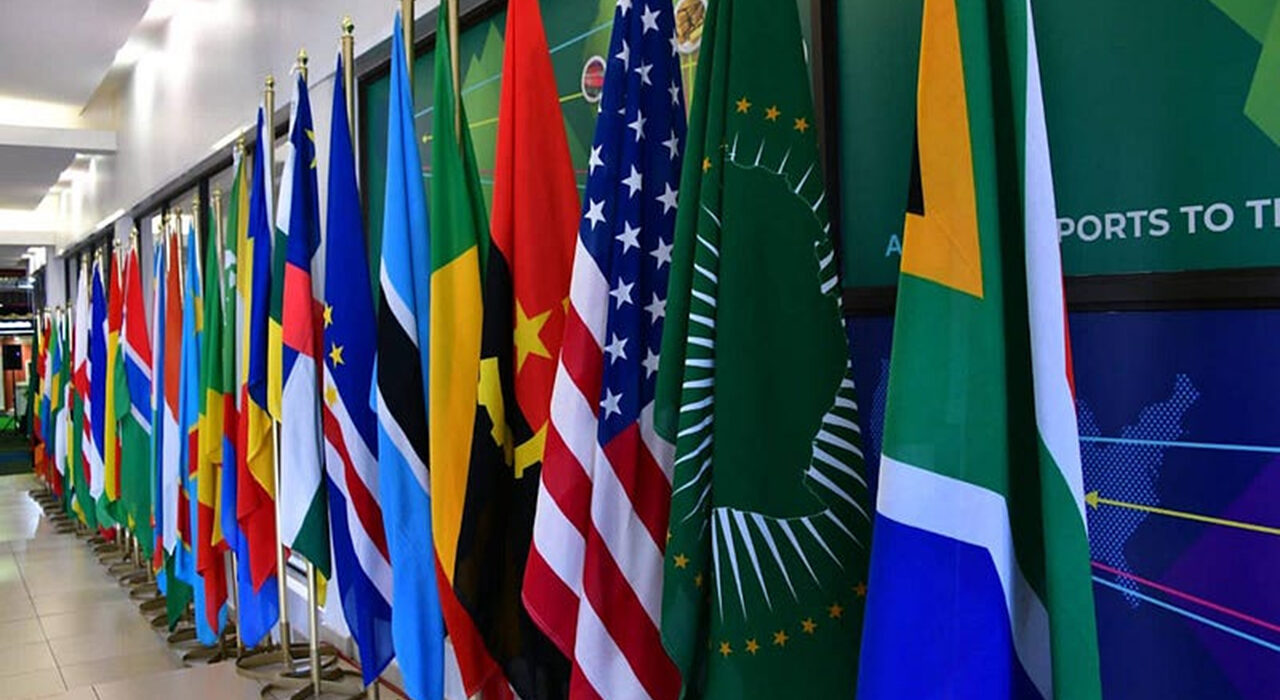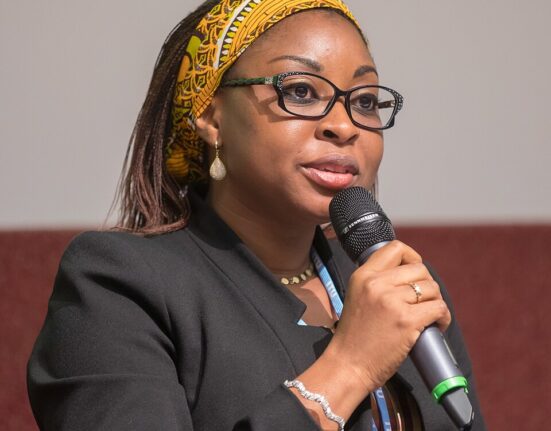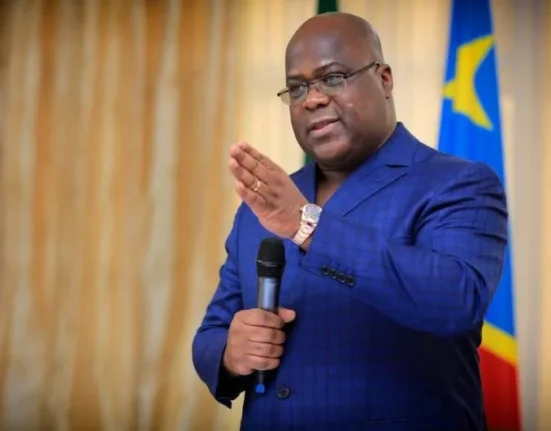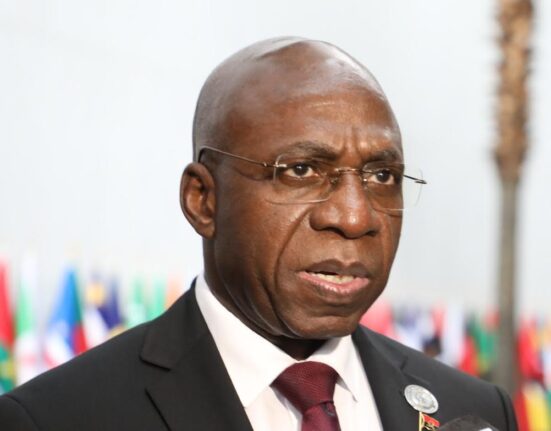Washington, D.C. / Johannesburg
The African Growth and Opportunity Act (AGOA), once celebrated as the cornerstone of U.S.–Africa trade policy, has now entered its most uncertain phase since its inception in 2000. Its expiration in 2025 has triggered intense debate in Washington and across African capitals, raising questions about the future of U.S.–Africa economic relations, the credibility of America’s commitments, and the ability of African economies to withstand renewed exposure to global market pressures.
AGOA was launched as a bipartisan project to foster stronger economic ties by opening the U.S. market to more than 30 African countries on a duty-free basis. The program was seen as both a development tool and a diplomatic strategy: it encouraged industrialization and job creation, while also binding African states closer to U.S. political and economic interests. Yet the mood in Washington has shifted. Imports under AGOA fell to $8 billion in 2024, a 13 percent decline from the previous year, reflecting both global slowdown and uneven African participation.
The waning consensus in Congress reveals a deeper fracture. On one side are free-trade proponents who argue that AGOA has been a relatively low-cost instrument of influence, particularly as China and the EU expand their footprints in Africa. On the other side are protectionist voices and lawmakers skeptical of unconditional renewal, some citing governance concerns, others worried about the impact on U.S. industries. The expiration, therefore, is a test of America’s ability to sustain consistent policy toward Africa in a polarized political climate.
Beyond Washington, the political outlook is also shaped by African skepticism. For many leaders, the recurring cycles of uncertainty, every renewal becoming a contentious debate, undermine long-term planning. Investors hesitate to commit when the framework itself could vanish, creating a cycle of volatility. Without clarity, Africa’s emerging industrial hubs risk losing competitiveness to Asia, where trade rules and supply chains appear more predictable.
In Africa, AGOA has been both opportunity and vulnerability. For countries such as Kenya, Lesotho, and Eswatini, the act has been a lifeline, supporting entire industrial parks devoted to apparel and textiles. In South Africa, AGOA has supported high-value exports, from automobiles and citrus to wine, helping sustain industrial jobs and trade surpluses. Yet the concentration of benefits is striking: South Africa, Nigeria (largely through oil in earlier years), and Kenya together account for the bulk of AGOA trade, leaving smaller economies on the periphery.
This uneven distribution has political consequences. In Lesotho, nearly 40,000 apparel jobs depend directly on U.S. market access; in Eswatini, tens of thousands more. These sectors are now under existential threat. Governments in these smaller nations view AGOA not just as a trade tool but as a stabilizer against unemployment and unrest. By contrast, larger economies like South Africa leverage AGOA in negotiations while simultaneously diversifying toward other partners, including China and the EU.
The landscape also reveals tensions between African governments themselves. Countries excluded or suspended from AGOA due to governance or human rights issues, such as Ethiopia, Rwanda (partially suspended), and Uganda, argue that the U.S. uses trade as leverage to interfere in domestic politics. Those still eligible, meanwhile, defend AGOA as a necessary compromise. This creates a fragmented African position, weakening the continent’s collective bargaining power and complicating its strategy under the African Continental Free Trade Area (AfCFTA).
Globally, the climate for trade and development has changed since AGOA’s creation. China’s Belt and Road Initiative has poured billions into African infrastructure, offering financing and market access without the political conditionality that characterizes U.S. programs. The European Union has pushed its own Economic Partnership Agreements (EPAs), reshaping Africa’s external trade environment. Against this backdrop, AGOA’s expiration reinforces perceptions of U.S. inconsistency.
Domestically, U.S. politics are also in flux. Rising protectionism and skepticism of free trade have reduced appetite for large-scale preference programs. The current political climate in Washington increasingly ties trade to strategic competition. Africa is seen less as a development partner and more as a battleground in a larger rivalry with China and Russia. This reframing risks narrowing AGOA’s purpose: from promoting African industrialization to serving U.S. geopolitical strategy.
In Africa, the climate is defined by anxiety and frustration. Manufacturers face cancelled orders, investors freeze projects, and governments scramble to lobby Washington. The collapse of predictability erodes not only trade flows but also trust. African leaders warn that without decisive action, the U.S. risks cementing its reputation as an unreliable partner at a time when others are filling the void.
The Biden administration has signaled willingness to support renewal but underlined that any new AGOA should align with broader U.S. goals, democratic governance, labor protections, and climate standards. This reflects a policy shift: trade is no longer seen in isolation but as part of an integrated agenda linking economics with political reform. Yet the risk is that the agenda becomes overburdened with conditions, making it harder for African states to qualify or comply.
For African leaders, the agenda is more urgent and practical: securing jobs, preserving industries, and guaranteeing stable access to markets. They argue that renewal must move beyond unilateral concessions and instead be linked to Africa’s own continental frameworks, especially AfCFTA. The idea is to create predictability and scale, ensuring that African economies can integrate regionally while accessing U.S. markets.
Still, the agenda faces competing visions. Some in Washington favor a short-term extension to buy time, while African negotiators push for a long-term, transformative renewal. The divergence underscores the challenge: aligning two continents with very different political priorities and economic realities.
The AGOA debate exposes fractures within both the United States and Africa. In Washington, industry groups that benefit from AGOA lobby for renewal, while others complain of unfair competition. Lawmakers are split between those who view AGOA as a strategic necessity in a multipolar world and those who see it as an outdated subsidy.
Within Africa, disparities are sharper. Larger economies such as South Africa dominate AGOA exports, fueling resentment from smaller states who feel marginalized. Eligibility criteria, tied to political and human rights conditions, divide African governments: those suspended accuse the U.S. of selective enforcement, while others fear that stricter rules could target them next. This dynamic undermines the unity required for collective negotiation.
The dynamics also extend to the private sector. Multinational companies with supply chains anchored in AGOA countries now reassess their strategies. Apparel buyers in Kenya are shifting orders to Asia. South African auto exporters worry about tariff shocks. The uncertainty distorts investment decisions, creating ripple effects far beyond trade statistics.
The expiration of AGOA in 2025 has immediate consequences. Tariffs have returned on thousands of African exports, from textiles to agriculture, hitting industries built around preferential access. Kenya’s apparel sector, which shipped nearly $470 million to the U.S. in 2024 and supports over 60,000 workers, is already bracing for layoffs. Lesotho and Eswatini, where entire communities depend on textile zones, face similar threats.
In Washington, proposals for a one-year extension circulate but face criticism as insufficient. African leaders argue that such short-term measures cannot restore investor confidence or rebuild disrupted supply chains. South Africa, meanwhile, has seen new unilateral tariffs from the U.S. cut into its automotive exports, sparking questions about whether AGOA’s preferences are being undercut even before renewal is decided.
Recent Congressional hearings suggest that any renewal will likely include reforms linking AGOA to AfCFTA, potentially transforming it into a reciprocal framework. But the clock is ticking, and without a decisive political breakthrough, the lapse could trigger lasting economic and political fallout across Africa.
AGOA’s future is now a test of both U.S. commitment and Africa’s strategic agency. If the program is renewed without meaningful reform, it risks fading into irrelevance. If it lapses without replacement, the shock to industries and jobs could destabilize entire economies. But if it is reimagined as a partnership tied to Africa’s continental agenda, AGOA could yet reshape the U.S.–Africa relationship for decades to come.
For Washington, the decision will define whether America remains a credible partner in a continent courted by global powers. For Africa, it is about more than market access: it is about asserting its role in a new global order, where trade is inseparable from sovereignty, development, and political trust.








